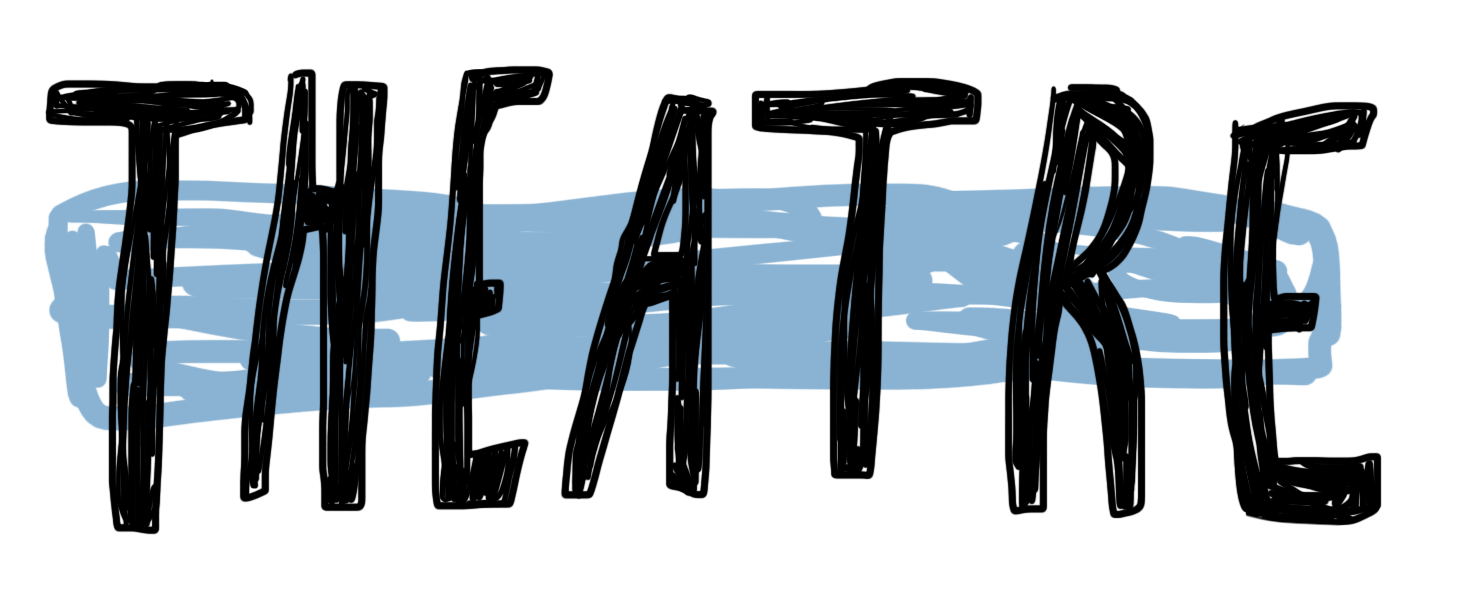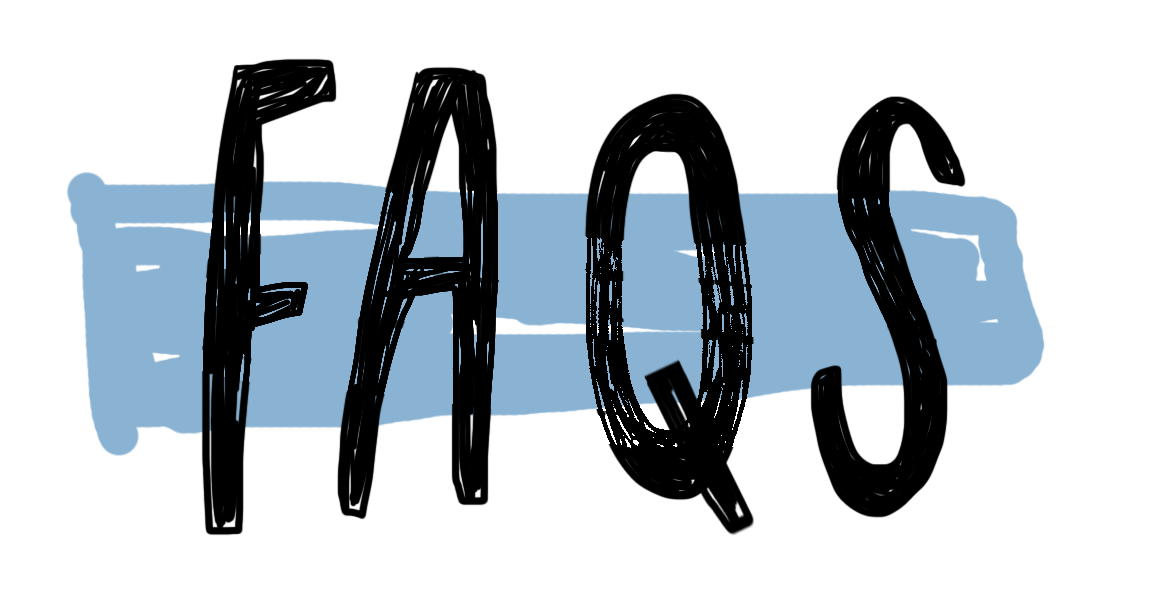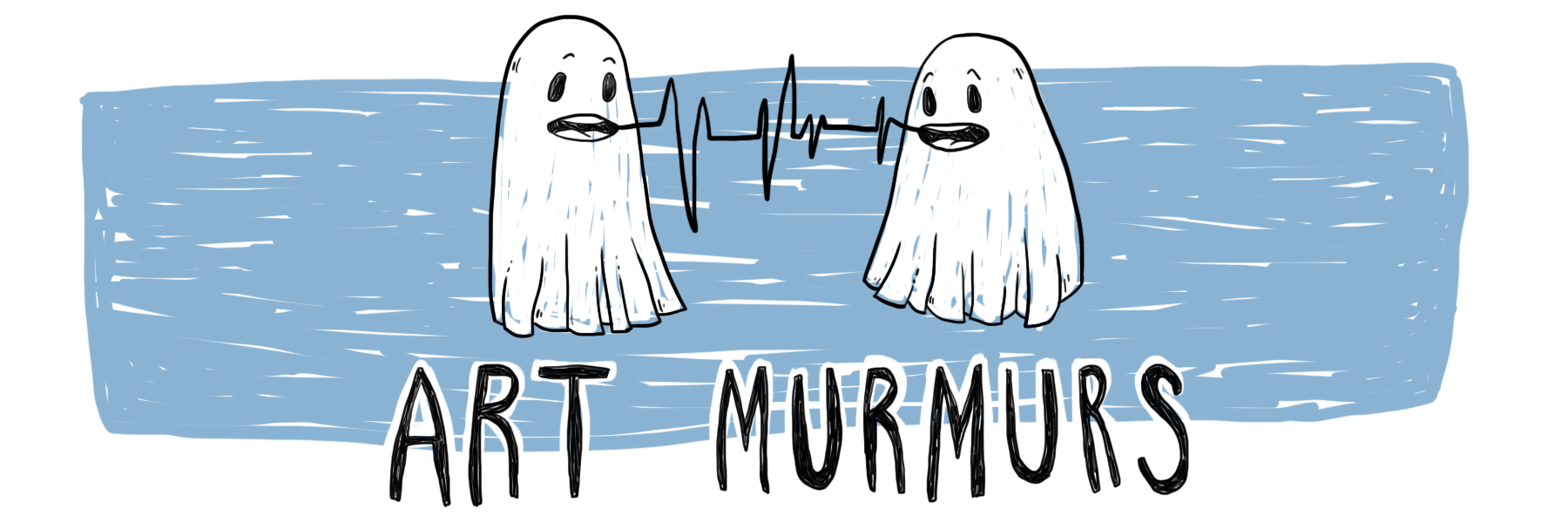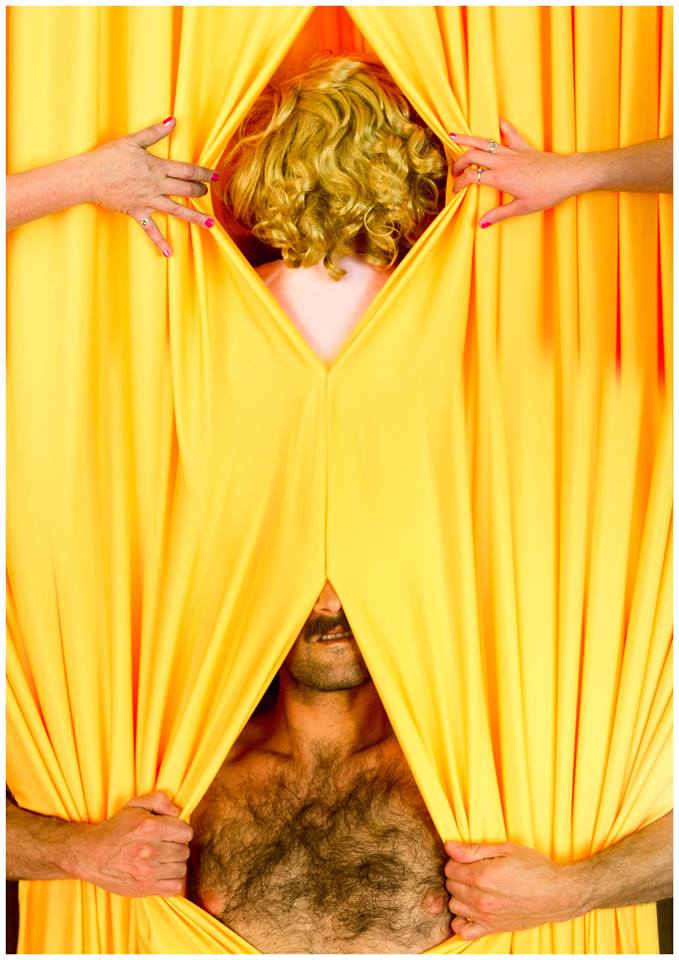Aimee Smith
Throughout the first half of Soft N Hard, Her and Him discover more of their humanity, including the masculine and feminine, soft and hard, and which traits belongs to whom. What were fairly neutral beings begin to take on the shapes of familiar gender stereotypes. Her gently mumbles and apologises between a thick onslaught of generous smiles directed at anyone and everyone in the room, while He prefers to turn brooms into machine guns as opposed to cleaning with them. LaHood’s masculine clown is less of the bullish male we perhaps expect and instead presents a man who seems well-meaning but essentially unaware of his own privilege. If Her smiles are about people-pleasing, His smiles are probably just because he’s in a good mood, goonishly unaware of other people’s needs.
If the first half follows a fairly clear learning process, the second half of the story becomes stickier, if the first half is about discovery, the second half is about challenging those discoveries. The strange world begins to fall away, both in the performance and the space. Randerson and LaHood transform from abstract beings into something more resembling themselves, referring to each other as Jo and Thomas. They start addressing the audience more directly; soft and hard qualities are swapped, masculinity and femininity are challenged as belonging strictly to men or women. Randerson begins calling out LaHood on the ways she feels unheard and unrespected. LaHood steps into the role of the apologist, tainted with the kind of defensiveness that tends to precede the statement ‘not all men.’ This is a contemporary couple wearing the weight of twenty-first century feminism on their shoulders.
The attention of the show shifts from the content of the conversation to the nature of the conversation itself. Both Randerson and LaHood seem desperate to prove a point, but the difficulty they have with communicating it prevents much progress being made towards a solution. Words overlap with no one really listening, until LaHood gives up entirely by cloaking himself in one of the most amusing metaphors of the show, the ‘asshole’ blanket, reserved for those unable to escape the pitfalls of their male privilege. Defensiveness and anger battle with the desire to listen and respect each other. Broad ideological concepts come into conflict with the everyday functioning of ordinary humans.
The challenge posed by Soft N Hard isn’t just about recognising the problems of gender stereotypes, it also includes the awkward question of ‘So what next? How do we find a practical way to exist together, when we are both aware of the problem yet also can’t help but embody it?.’ In the programme, Randerson and LaHood tell us that “there’s no easy solve for the tensions of gender relations, even with the magic of theatre”. This isn’t the show with the solutions, but it is does remind us that the important thing is to keep on talking.
Soft N Hard has sold out, but thankfully Barbarian Productions have added a show on Saturday, August 26th at 2pm.
Book now via the BATS website:
https://bats.co.nz/whats-on/soft-n-hard/






